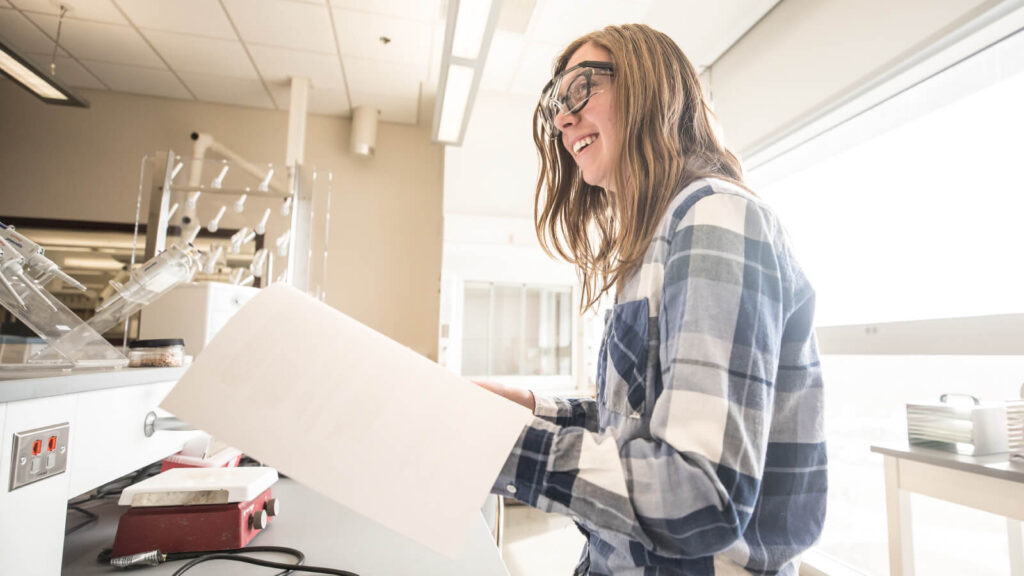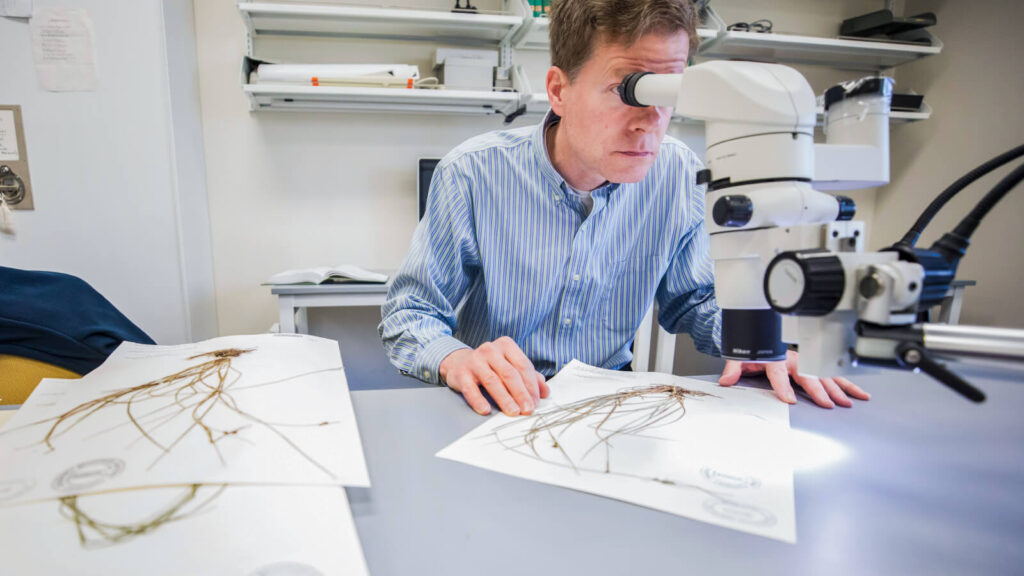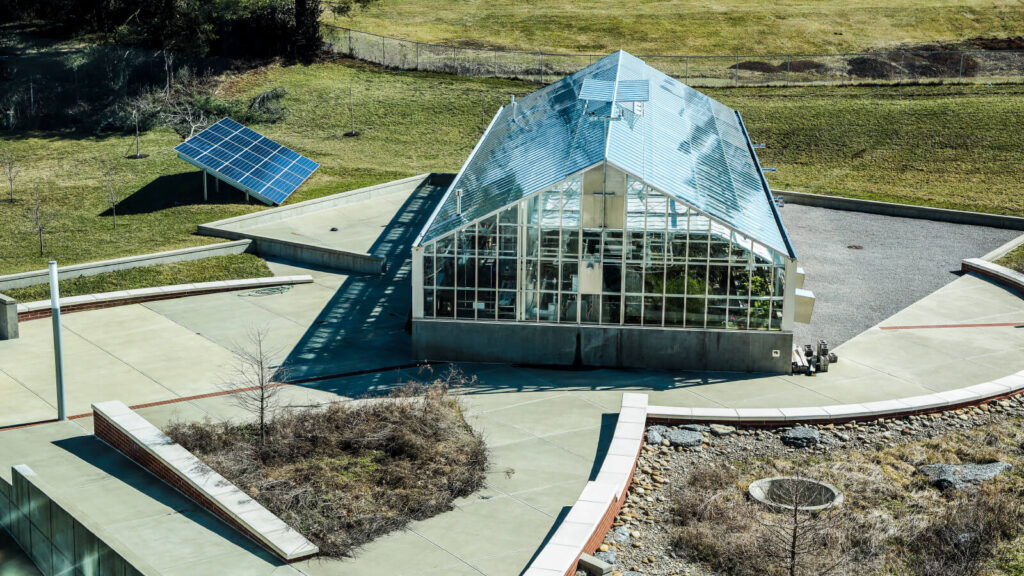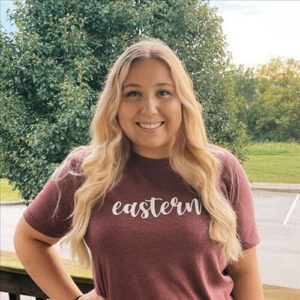
Biological Sciences
College of Science, Technology, Engineering & Mathematics
Biological Sciences
College of Science, Technology, Engineering & Mathematics
Discover the Living World Around You
Prepare for a career in the diverse field of biological sciences
The department of biological sciences offers a selection of versatile degree options that build a strong foundation in natural sciences and prepare students to for entry level science careers, professional health programs, and graduate study. EKU strives to provide a balance of in-class instruction and field training as well as research opportunities. Students benefit from hands-on training at top-tier local facilities, including ecological research stations, environmental educational laboratories, and an on-site greenhouse featuring the latest in climate control and automation. Whether you are interested in conserving nature, working in a laboratory, or discovering a new species, EKU can prepare you for an exciting career in biological sciences.
Learn More
Department of Biological Sciences Degrees & Certificates
Undergraduate Programs
graduate Programs

Why Study Biology at EKU?
The EKU Department of Biological Sciences offers a range of degrees and concentrations as broad as the field itself, including Biology, Biomedical Sciences, and Wildlife Management. Students benefit from faculty expertise spanning all levels of biological organization, from molecular and cellular biology to ecosystem services. Our faculty members teach in the classrooms and labs daily and guide both graduate and undergraduate students in independent research projects, many funded by outside agencies like the Environmental Protection Agency, National Institutes of Health, Earthwatch and the Kentucky Department of Fish and Wildlife Resources.
Academic Collections & Facilities
The EKU Department of Biological Sciences is home to two curated academic collections.
Student Stories & Features
Quick Links
Upcoming Events
| April 2025 | ||||||
|---|---|---|---|---|---|---|
| Mo | Tu | We | Th | Fr | Sa | Su |
| 31 | 1 | 2 | 3 | 4 | 5 | 6 |
| 7 | 8 | 9 | 10 | 11 | 12 | 13 |
| 14 | 15 | 16 | 17 | 18 | 19 | 20 |
| 21 | 22 | 23 | 24 | 25 | 26 | 27 |
| 28 | 29 | 30 | 1 | 2 | 3 | 4 |
| 5 | 6 | 7 | 8 | 9 | 10 | 11 |
News & Updates
Students Take Their Research to Harvard, Representing EKU at the National Level
EKU College of Science, Technology, Engineering, and Mathematics Congratulates Fall 2024 Graduates
EKU Herbarium, Largest Collection in Kentucky, Highlights the Region’s Biodiversity
Contact Information
Department of Biological Sciences
Science Building
Room 3238
533 John Hanlon Drive
Richmond, KY 40475
859-622-1531
biology@eku.edu




